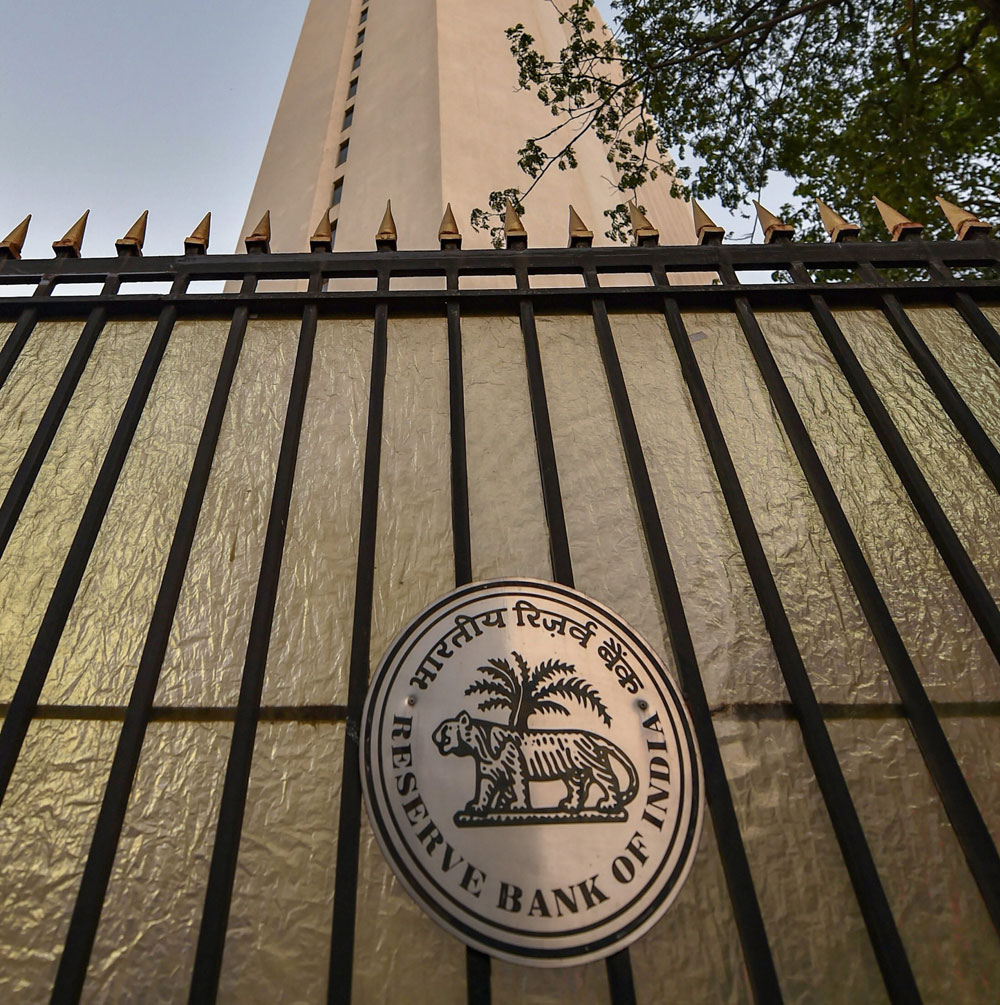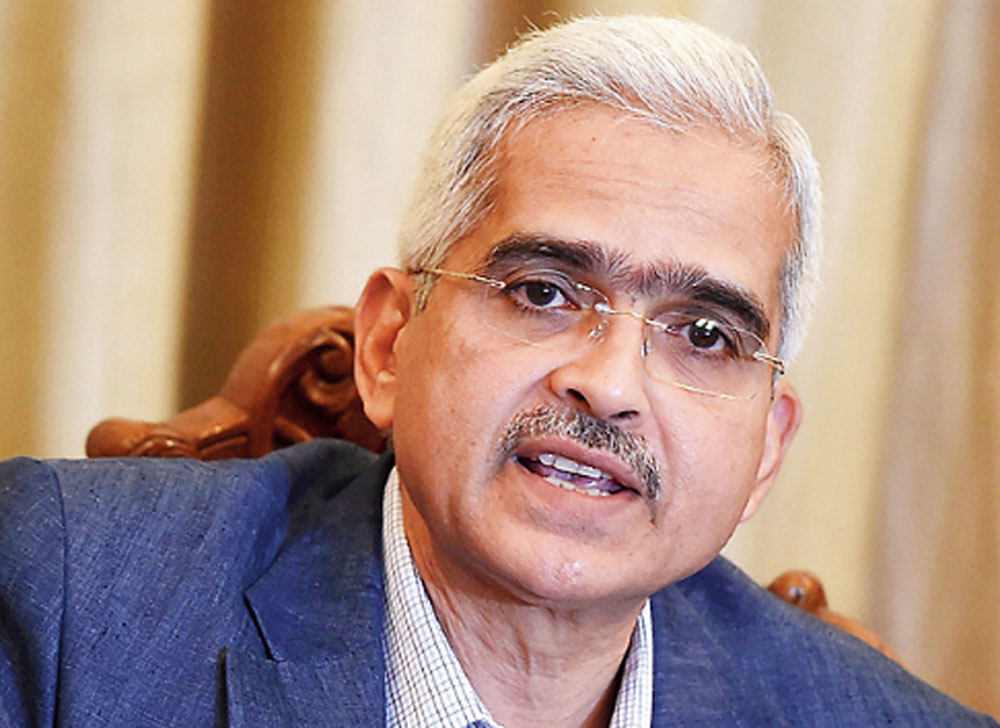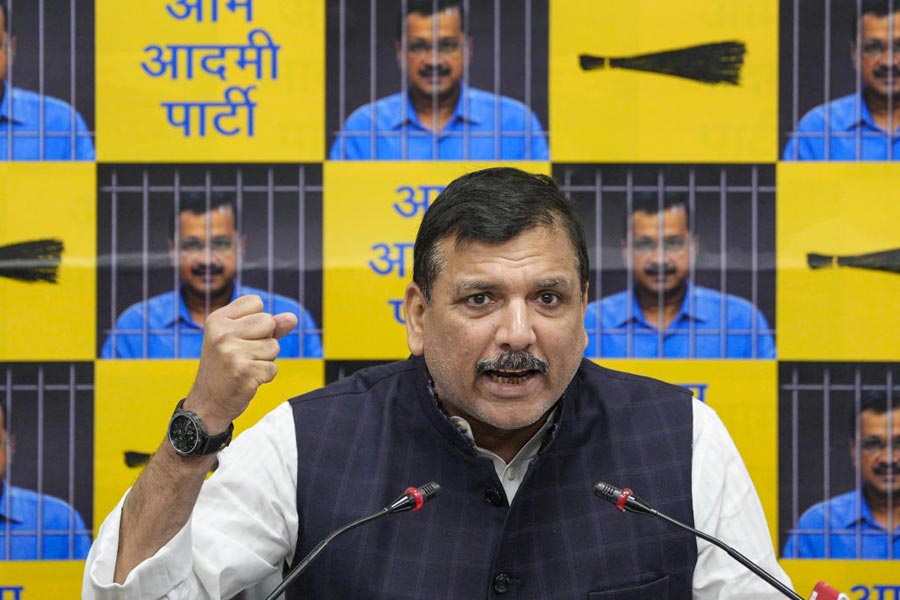In its sixth bimonthly monetary policy announcement, the Reserve Bank of India has kept its policy rates unchanged. This was only to be expected because the cuts in 2019 have contributed to higher inflation in consumer prices. The inflation rate is above the stated target of 4 per cent. However, there are a few innovative measures that have been announced by the RBI to ease liquidity for banks and provide long-term credit through repo window. The repo borrowing facility was provided to banks by the RBI on an overnight basis. The RBI has now announced that banks can borrow for one year or three years at the repo rate against government securities held in bank portfolio of assets. Most banks are holding government securities in excess of the statutory liquidity ratio requirements. This is being termed as long-term repo operations. It is claimed that borrowing by banks at the current repo rate of 5.15 per cent is cheaper than borrowing from depositors who are paid higher average rates of interest as compared to the repo rate. The second innovative measure that has been announced is to allow banks to increase fresh lending to consumers for purchase of homes, automobiles as well as new loans to the micro, small and medium enterprises sector. For this incremental credit, the banks are not obliged to deduct the cash reserve ratio requirements and park the money with the RBI. Hence, this extra amount would be free reserves in the hands of the banks. There will be operational guidelines, too, to make the lending process easier.
The RBI’s policy reflects two basic beliefs about the economy. The first is that cheaper source of incremental credit is the single binding constraint holding back economic growth in India. The rate cuts came first, followed by higher inflation, but growth did not pick up. Banks are not lending for two interrelated reasons. The first is, of course, the lack of demand from the corporates and large production units. Banks have got into a lending spree for small personal retail loans at high interest rates, which are beginning to look increasingly like a nascent bubble in the making. More credit will fuel this further. The second is the supply-side effect. Banks are still wary of lending with loans to the non-banking financial companies going sour. The RBI has also been very aggressive in its regulatory oversight. If the innovations work, it will be fine. However, the likelihood of the new measures fuelling inflation and asset bubbles remain.












